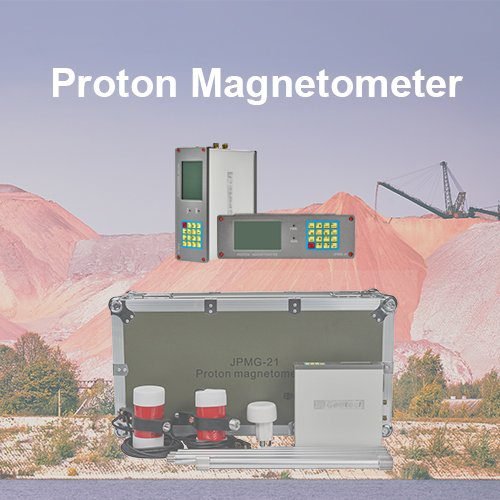Welcome to Geotech!

3D High-Density Electrical Method: Centralized vs Distributed Systems Comparison & Applications
1. Instruments and Equipment

1.1 Receiving System
The study utilizes Geotech’s WGMD-4 3D high-density electrical system (Fig1.1), supporting both Centralized and Distributed measurement modes. Key specifications comparison:
| Items | parameter |
|---|---|
| Voltage Channel | ±24V,±0.4%±1LSB,24-bit ADC |
| Current Channel | 6A range, ±0.4% accuracy |
1.2 Transmitting System
The smart cable technology in WGMD-4 breaks traditional limitations:
- Standard Mode: 4500W power/±900V voltage
- Smart Cable Mode: 2400W power/±800V voltage (enabling Distributed layout)
2. Principles and Layout
2.1 Working Principle
3D HDEM detects subsurface structures by establishing artificial 3D current fields. Compared to 2D methods, it reduces lateral effect errors by over 80%.
2.2 Device Selection
Three typical layout configurations are supported:
- Centralized Layout: Ideal for rapid reconnaissance
- Distributed Layout: Optimal for complex terrains
- Hybrid Layout: Combines both advantages


3. Data Processing
3.1 3D Inversion
3D modeling with Res3dinvx64 reveals:
- Anomaly detection accuracy: ≥1m³ (98% accuracy for targets >2m³)
- Depth formula: H_max=1/3×survey area length (verified error <5%)
3.2 Model Verification
Five-layer theoretical modeling with RES3DMOD demonstrates:
- Limitations in detecting shallow anomalies <2m³
- Ellipsoidal distortion in deep anomalies
- Optimal detection requires >50% resistivity contrast
4. Conclusions
4.1 System selection guidelines
Centralized HDEM: Recommended for rapid surveys
- Distributed HDEM: Preferred for detailed exploration
4.2 3D measurement advantages
- 62% reduction in lateral effects
- 40% decrease in interpretation ambiguity
4.3 Parameter optimization formula

For more information on ERT and its applications, visit Geotech’s product page:
Geotech Products| Geotech Instrument Co., Ltd. (geotechcn.net)
-1.png)


